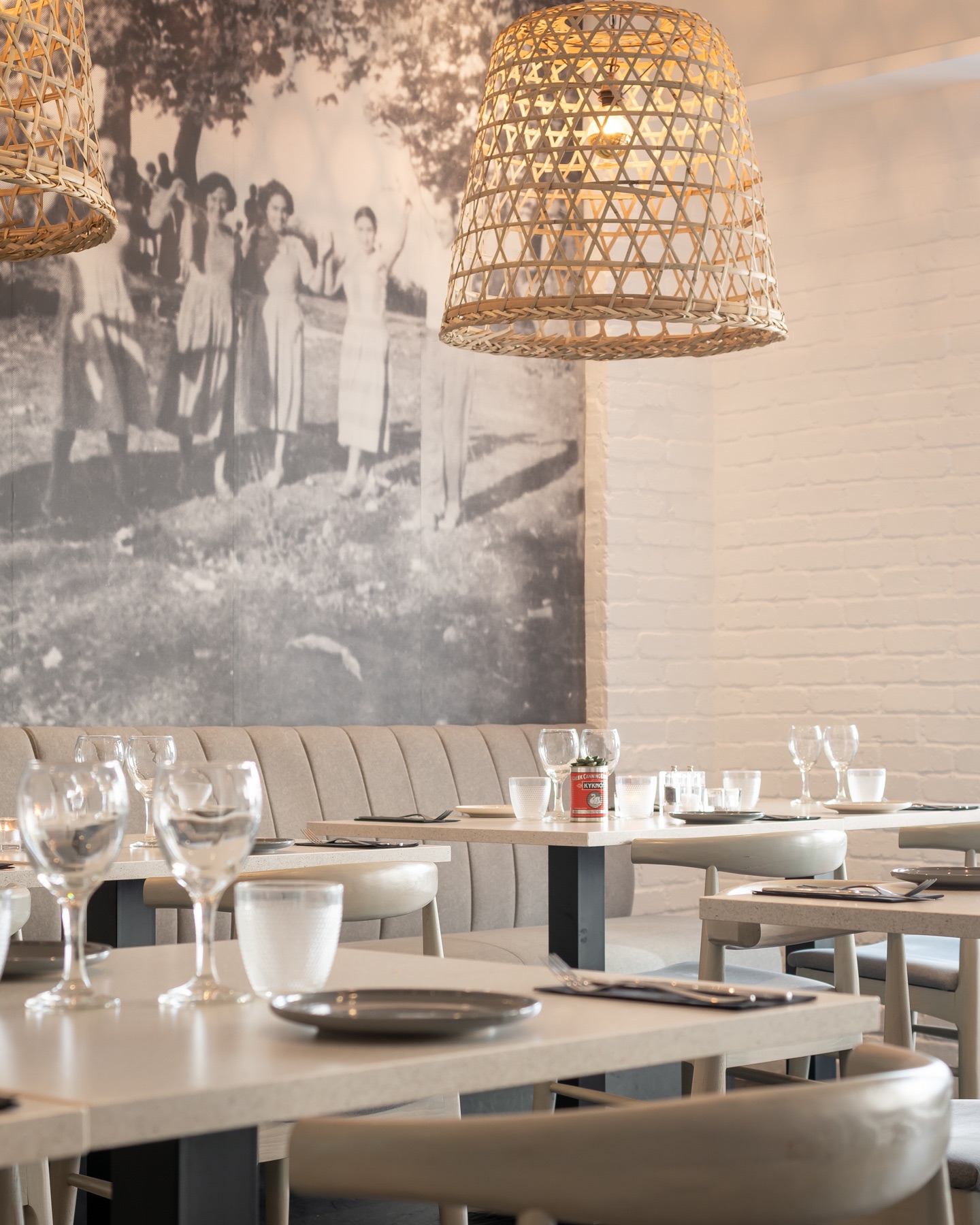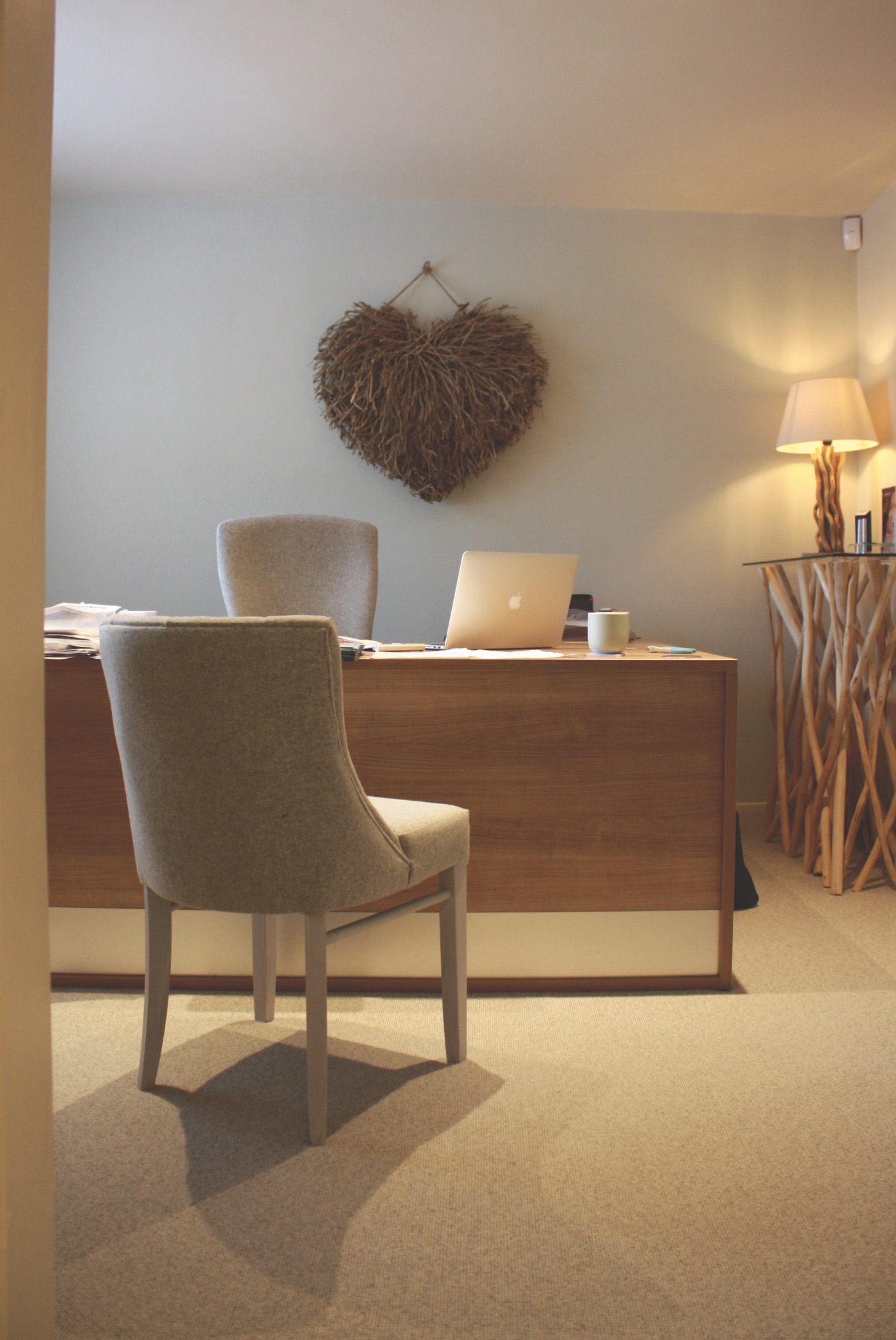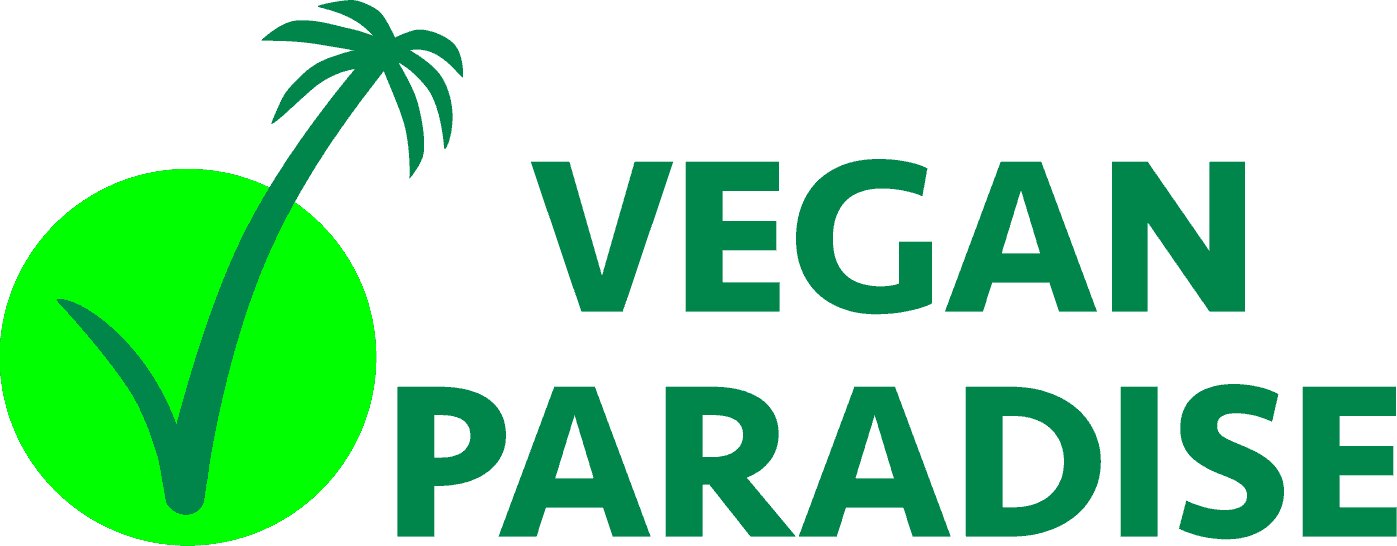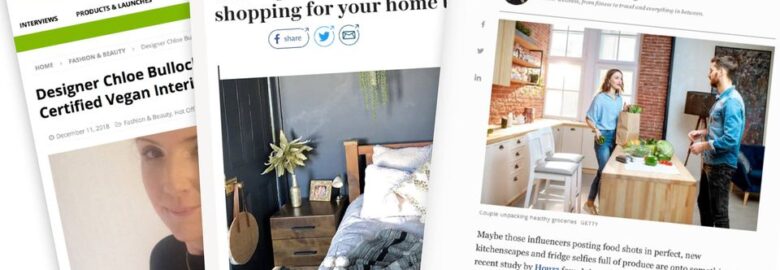Materialise Interiors
Animal-friendly, human-friendly and planet-friendly interior design
Vegan Interior Designer
How can I help you…?
I can tailor my help with your project – providing as much or as little help as you need.
Full service design
The best route to a successful and efficient project is to involve the interior designer from the early planning stages and right through to completion. Early inolvement and planning saves mistakes and gives optimal results.
Designer on call
You might just need help with space planning an area or need design input at different points through your project. I can help as little or as much as needed on an hourly basis.
This option is good for those projects with tighter budgets. Here’s the areas I can help with.
You can set the amount of hours. 6 hour minimum.
Consultation
A consultation can be used to look at solving a problem area, space planning, sourcing items, shopping together, finding tradespeople, a bespoke item or help with a colour scheme.
This can be in person or online.
So, what is animal-friendly, human-friendly and planet-friendly interior design?

Sustainable Design
We are growing more and more aware of where things come from, the people & processes involved and the impact on the planet. So to support this, I help my clients by creating spaces and specifications that have a lower impact on the planet and people – whilst also looking luxurious!
I use the relevant One Planet Living principles and corresponding Sustainable Development Goals for 2030 (set by the United Nations) as prompts to deliver sustainable solutions for my clients.
Interior Design Declares

I’m proud to be one of the nine Founding Signatories of Interior Design Declares, launched in March 2021 for those working in the interior design industry and supply chains to commit to strengthen our working practices to design spaces with a more positive impact on the world around us.
My professional body (BIID) as part of the Construction Industry Council has committed to achieve the target of net zero emissions by 2050. Find out more.
What does that mean?
- Energy efficiency – lighting, heating, window coverage.
- Water saving measures.
- Low impact specifications – specifying quickly renewable materials, using labels such as Forestry Stewardship Council (FSC) or Environmental Product Declaration (EPD) to select products.
- Conscious supply chains that ensure equity, health and wellbeing of those working in them.
- Encouraging a circular economy (waste reduction) – reduce, reuse, repair, recycle. Using Cradle to Cradle certified products.
- Design for longevity, to be multi-functional, flexible, adaptable and repairable.
- Waste management and reduction – reuse and recycling.
- Manual of drawings, specifications and suppliers for ease of any future repair needs.

Vegan Design
The word vegan is obviously mostly associated with food. But it’s an accurate term to use when talking about materials too as it’s not just animal products and ingredients I avoid – it’s animal-tested products too.
This isn’t about diet. Many of my clients avoid animal-tested toiletries and cleaning products -whether they are vegan or not. They also want to avoid cruelty in their home or business spaces and prefer to have positive stories in what they use to furnish with.
VE·GAN adjective:
– Products that do not originate from any living creature.
– Not a byproduct of any animal.
– The products and ingredients are not tested on animals.
How do I do that?
I have a library of better alternative products to suggest in place of those that involve animal cruelty. It’s really easily avoided without any detriment to aesthetics and often is harder wearing and better for your health and the environment too!
In interior specifications, this covers: leather – suede – skins – wool – silk – down – feathers – bone – fur – paint – adhesives.
I’d rather look at positive new technologies that are developing alternative and better solutions, than dwell on negative, outmoded ones.
The alternatives have many health benefits for allergy suffers too as animal products are dust harbouring.
My objective is to avoid petrochemicals in the alternative solutions I deliver for clients.
Design For Wellbeing
We are reported to be spending 90% of our time indoors and our spaces are increasingly made more and more air tight. So it’s important we are mindful of what we put in those spaces with us as inside air quality can often be many times worse than outside.
I am part the healthy building movement promoting better ways to design and specify spaces for human health and wellbeing. I use the FitWel® and the WELL Building Standard as the basis for a healthy, human-centric interior design specification. Making interior spaces work for the wellness of the users.
In this time of COVID-19 pandemic, the principles of these two standards are especially important and beneficial to the users of those buildings – addressing health & safety, cleaning protocols, air quality, access to nature, social distancing, community and mental health.
WHAT DOES THAT MEAN?
When designing a space I look at:
- Materials
- Air quality – including the use of chemicals
- Water quality
- Access to nature
- Nourishment
- Healthy lighting design
- Movement
- Mental health
- Comfort
- Community
- Innovation
To support this I have studied
- to become a FitWel® Ambassador
- the ART & DESIGN WITH PARSONS CERTIFICATE PROGRAM ‘Healthier Materials & Sustainable Building ‘ PCID 0605 X1 at Parsons New School, New York.


